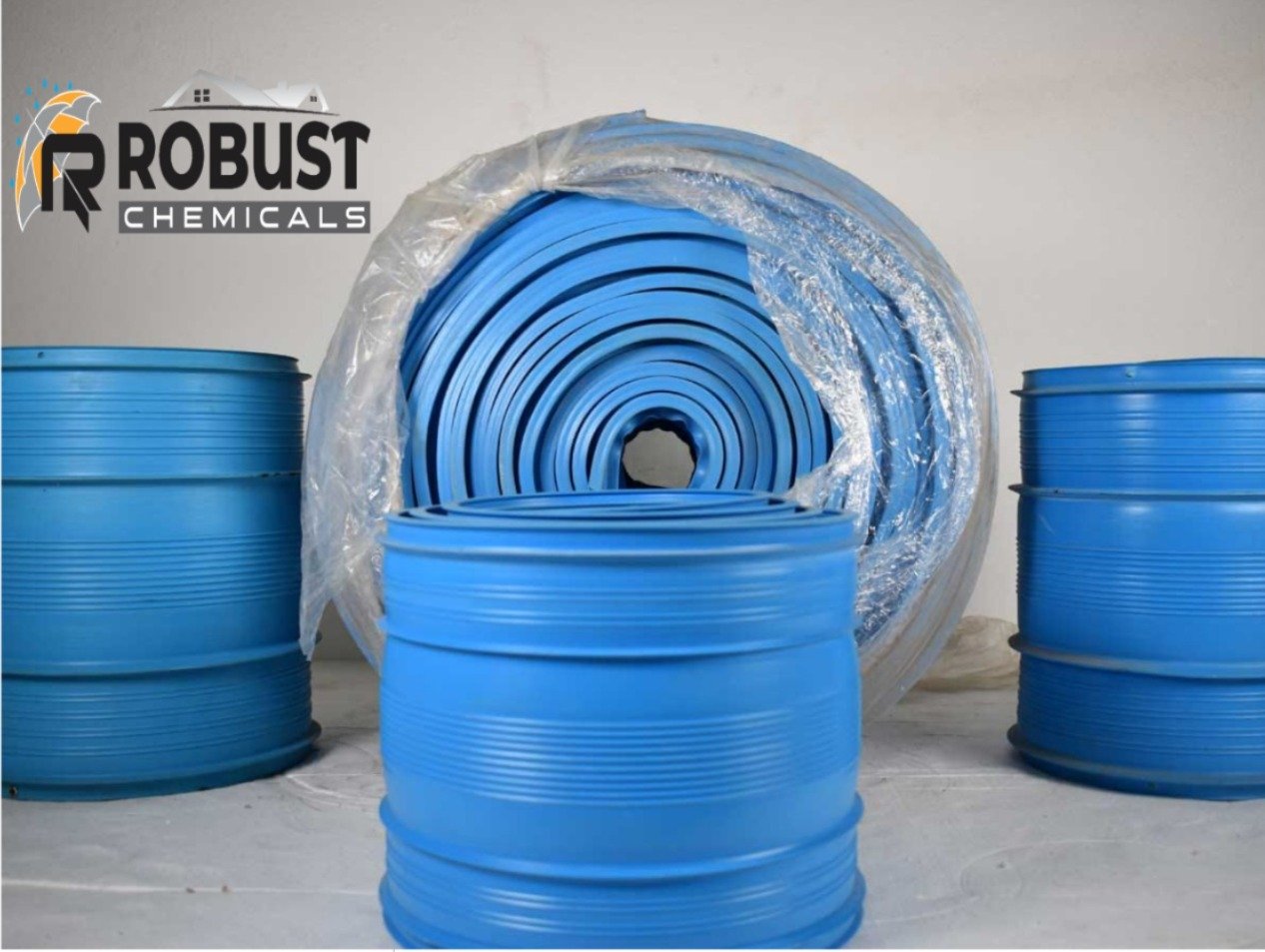A water stopper, also commonly referred to as a water stop or water bar, is a crucial component used in concrete construction to prevent the unwanted passage of water through joints. These joints are often necessary in large-scale structures for construction sequencing, movement, or thermal expansion, but they also create potential pathways for water infiltration. The role of a water stopper is to act as a physical barrier embedded within the concrete joint to block the flow of water and protect the structure from leakage, seepage, and related damage. Water stoppers are used in a wide range of water-retaining and water-excluding structures, including water tanks, swimming pools, dams, canals, basements, retaining walls, tunnels, lift pits, sewage treatment plants, and underground car parks.
Water stoppers are typically manufactured from highly durable and flexible materials such as PVC (polyvinyl chloride), rubber, thermoplastic elastomers, or metals like copper or stainless steel in some specialized applications. These materials are selected for their high resistance to water pressure, chemical exposure, and environmental stress. The design of the water stopper varies depending on the joint type and site conditions. Common designs include dumbbell-type water stoppers for expansion joints, centrally bulb-type for movement accommodation, and surface-mounted water stoppers for retrofit or secondary waterproofing. The internal ribs, central bulbs, and anchoring fins in the design of a water stopper help it bond securely with the concrete and allow for flexibility under structural movement, ensuring the joint remains watertight even under dynamic stress.
During construction, water stoppers are carefully positioned within the joint area before concrete pouring. In expansion joints, the water stopper is placed in such a way that it bridges both sides of the joint, while in construction joints, it is embedded halfway into the previously poured concrete. Correct placement is critical—improper installation may lead to ineffective waterproofing and long-term structural problems. To ensure performance, contractors often use welding machines or factory-molded fittings to join multiple lengths of water stoppers, especially for complex or large-scale installations.
